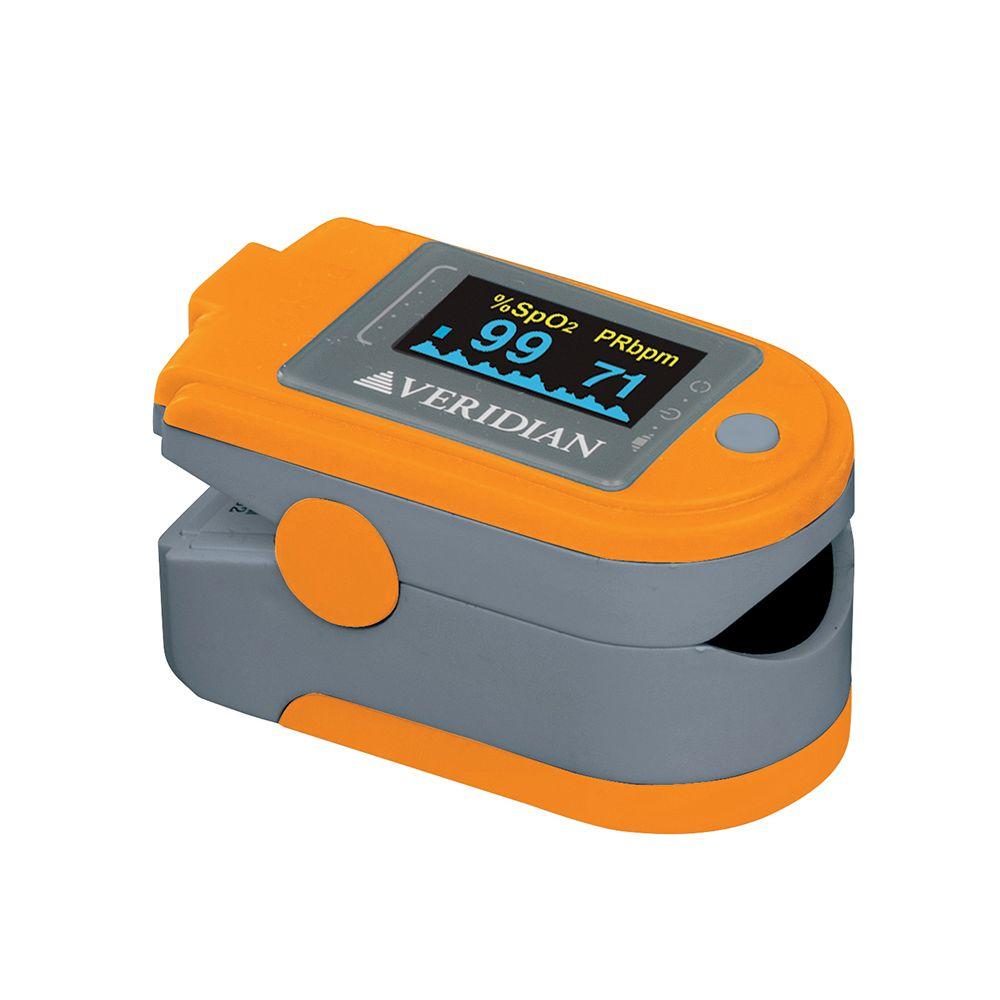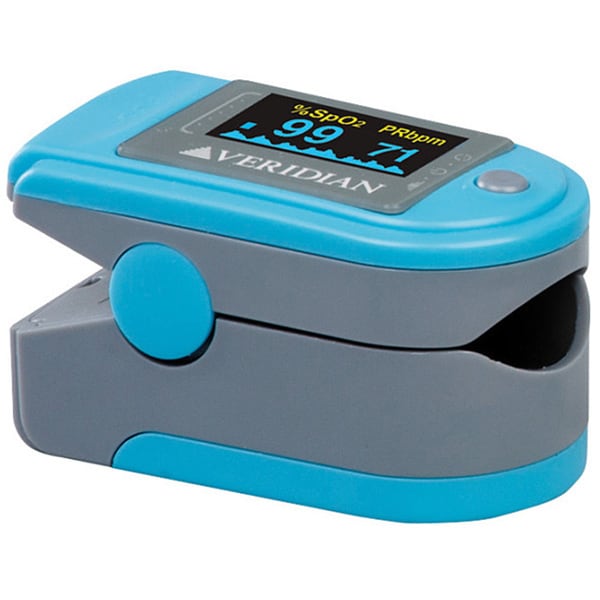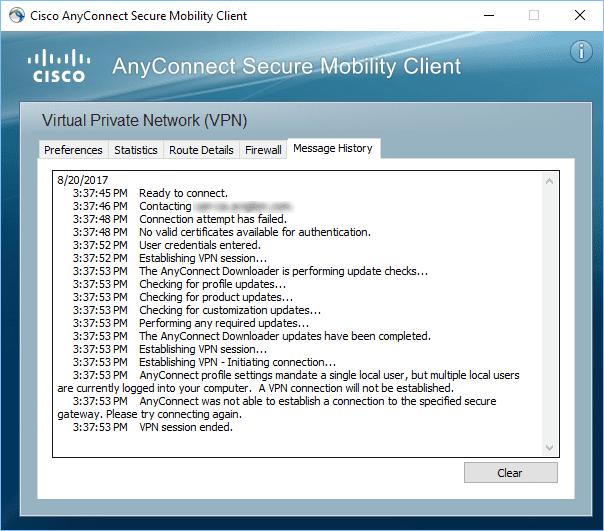Monitor my oxygen levels? Many people have COVID-19 and do not know it because they do not have symptoms. COVID-19 can cause an infection in your lungs, which can lower the oxygen level in your blood. When your oxygen level is low, you may feel tired or have shortness AM of breath, but you may not feel different at all. This can be dangerous. Oxygen deficiency monitors are important anywhere low oxygen levels in normal air can occur. 20.9% oxygen in fresh air is considered normal. When the oxygen level drops below 19.5% air is considered 'oxygen deficient' although it is still relative safe for short periods of time. However, oxygen levels below 16% is dangerous to human life. Wellue Continuous Ring Oxygen Monitor – Finger Placement. Best for: tracking the overnight oxygen. Oxygen deficiency monitors or depletion alarms are critical in any room or enclosed area in which low oxygen levels can occur. Background: Oxygen Levels in Air By volume, dry air contains 78.09% nitrogen, 20.95% oxygen 0.93% argon, 0.04% carbon dioxide, and small amounts of other gases.
- Oxygen deficiency monitors combine oxygen sensors, oxygen percent level displays, and audible and visual safety alarms.
- Oxygen deficiency monitors are wall mounted near stored gases like nitrogen, helium and argon.
- If one of the stored gases is released or inadvertently leaks into the air, the oxygen sensor will detect the lower oxygen level and display it on the monitor.
- If the level is too low it will automatically activate an alarm to warn the occupants of oxygen deficiency in the room.
- In some applications an oxygen deficiency monitor can also act as a room air controller, electronically switching on fans bring in fresh air.
Why Are Oxygen Deficiency Monitors Important?
Oxygen Level Monitoring Device
Oxygen deficiency monitors are important anywhere low oxygen levels in normal air can occur. 20.9% oxygen in fresh air is considered normal. When the oxygen level drops below 19.5% air is considered 'oxygen deficient' although it is still relative safe for short periods of time. However, oxygen levels below 16% is dangerous to human life.
The problem is that as the oxygen level drops, the volume of oxygen in the room is replaced by other gases like nitrogen, helium, argon or carbon dioxide. Because these gases are colorless and odorless, the oxygen deficiency in the room may not be noticed immediately. Rdr for mac. However, as the percent of oxygen continues to drop eventually the room air cannot support life.
Where are Oxygen Deficiency Monitors Used?
Oxygen Level Monitoring Device
Oxygen deficiency monitors and safety alarms are necessary in any place where low oxygen levels could occur. The most common example is a room where pressurized cylinders or tanks of hydrogen, helium, argon, or nitrogen are used or stored. If one of the gas cylinders, hoses or fittings leak, the depressurization of the gas storage system can lower the oxygen level in an enclosed area or room rapidly.
Examples of stored gases where oxygen detectors are necessary include:
- Helium to cool MRI machines
- Liquid nitrogen, helium or argon used for cryogenics
- Liquid nitrogen to refrigerate package meats, fruits, or dairy
- Industrial facilities that store argon and other shielding gases for welding
While carbon dioxide could be added to this list, common practice is to use a CO2 Safety Alarm to measure high CO2 levels instead of an oxygen deficiency alarm.

OSHA Requirements
OSHA's 29 CFR 1910.146: 'Permit-Required Confined Spaces' details the requirements for employers to protect employees in areas that could potentially become oxygen deficient. Although the OSHA regulation primarily identifies areas like tanks, silos or pits that have limited access and are not designed for continuous employee occupancy, it is still good practice to protect employees who work around stored gases indoors where oxygen deficiency can occur.
The standard defines an oxygen-deficient atmosphere as any atmosphere containing less than 19.5% oxygen. Any area that contains less than 19.5% oxygen is hazardous and may not be entered by unprotected workers.

NIH Protocol for Oxygen Monitoring Devices
While not law, the National Institutes of Health Protocol for use and maintenance of Oxygen Monitoring Devices provides guidance on the installation, maintenance, and calibration of oxygen monitoring devices. It recommends:
“An oxygen monitoring device shall be installed in any indoor location where compressed gases and/or cryogenic liquids are stored and/or dispensed in manner that could create the potential for the displacement of oxygen. The NIH DRM notes that both “carbon dioxide manifold rooms… [and] nitrogen holding rooms shall include oxygen level monitoring alarms”. Vray for mac c4d. At a minimum, the following factors should be used in determining if a device should be installed: manufacturer (e.g., magnet) guidance, volume of gas used, work practices, location of gas, and ventilation estimates in the room/area. Additionally, compressed gases or cryogenic liquids shall not be located or dispensed in any indoor location that does not have adequate ventilation.”
Selecting an Oxygen Deficiency Monitor
When looking for an oxygen deficiency monitor, there are some features to consider:
- Does it meet OSHA and NIH specifications? Oxygen detectors should alarm at 19.5%, and 17.5% to comply with Occupational Safety and Health Administration and National Institute of Health guidelines.
- Is it hard-wired? While wireless oxygen detectors are easy to install, the sensor should be hard-wired to the remote display to guarantee that a WiFi or network failure does not disable the alarm.
- Is it easy to install? Using an electrician to install the monitor will add significantly to the price.
- Does it come with support? Oxygen detection is easy, but knowing when or how to use it can be challenging. Can you speak with an engineer for experienced before and after sale support?
- Is it dependable? In most cases an oxygen deficiency monitor is an install once and forget it device. If the sensor fails it should inform you on the display.
- Can it control the HVAC system? If you want the alarm to open a vent or turn on a fan to clear the air, does it have relays or industry standard outputs you can use?
- Is it upgradeable? In noisy factory environments can strobes be added? Can you attach one or more remote displays to warn occupants of oxygen deficient air before they enter a room?
Oxygen Level Monitor For Covid
/Pulseoximeters-70e32e531a084836b8435f6a75bba3ad.jpg)
Where Should Oxygen Deficiency Alarms be Located?
All gases have molecular weight. Depending on the gas weight, as it displaces the oxygen it will tend to collect higher or lower in a room.
The molecular weight of air is 29. Therefore, gases that are much heavier should be mounted lower on the wall in a room while gases that are much lighter should be mounted higher. This insures the oxygen deficiency alarm’s sensor will sense the gas more quickly. Here’s a list of where to mount the oxygen sensor on a wall for the most common gases:
- Mount 18 inches from the floor: refrigerants, chlorine, butane, propane, CO2, nitrous oxide, argon.
- Mount 48 inches from the floor: ethylene, carbon monoxide, ammonia, nitrogen.
- Mount 60+ inches from the floor: hydrogen, helium.
Use this chart to find the molecular weight of the gas you are storing, then see if it is much lighter or heavier than air.
Oxygen Deficiency Monitors
Oxygen Level Monitor Walgreens
Our RAD-0002 Oxygen Depletion Safety Alarm is one of a series of gas analyzers we offer designed to protect employees and customers near stored inert gases like nitrogen, argon, helium, nitrous oxide, welding gases and more. This fixed wall detector is used in hundreds of hospitals, MRI rooms, factories and cryogenic facilities nationwide.
Oxygen Level Monitor Amazon
This model combines a sensor unit and a wired remote display, both with audible and visual alarms. 3 built-in relays actuated depending on the preset alarm levels can be used to control an exhaust fan or send an alarm to the fire department or monitoring company. The alarm levels are user configurable to allow for specific applications, OSHA and NIH guidelines. Installation videos, how-to documents and application notes for this model is available online.

